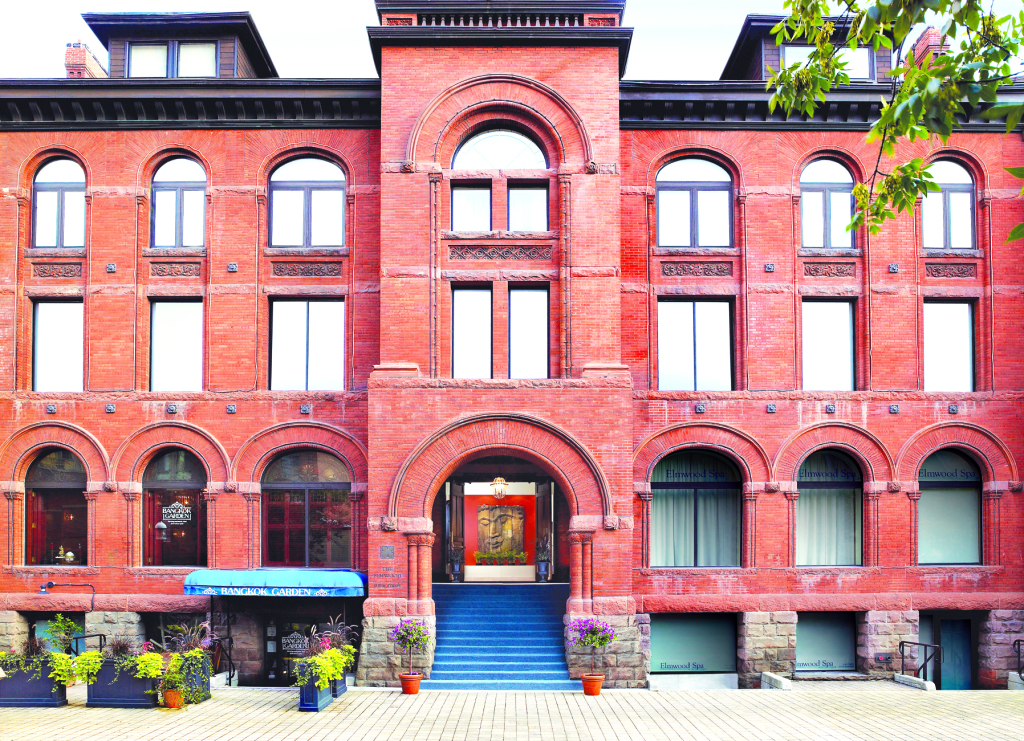Fitness Swellness: The benefits of massage therapy for runners
After two of my races this spring, I went for a massage the day after my race, most recently at the Elmwood Spa after the running the Nike Women’s Toronto 15k. I hadn’t been this spa in years and there’ve been some beautiful updates (like the women’s change room, where I spent some time in the pretty blue tiled jacuzzi as I sipped one of the spa’s delicious smoothies).
While there, I also took the opportunity to chat with an RMT at the Elmwood Spa, Margaret Keats, about how runners should incorporate massage therapy into their race regimen.
Is it OK to get a massage right after a race?
Keats recommends focusing on hydration and ensuring you’re replenishing your antioxidants and electrolytes and waiting until the day after the race to get a massage. “Your body may ‘resist” the treatment by muscle guarding and you may not get the desired result,” she explains.
How about the jacuzzi at the spa, should I use the jets to soothe my tired, sore muscles?
A hot tub right after a race may be too hot, she says. “Heat aggravates inflammation, and the extra sweating can cause dehydration and actually make you feel more sore.” Instead, she suggests an Epsom salt bath at a warm to tepid temperature so that you don’t aggravate inflammation, followed by a quick cool shower. And be sure, of course, to hydrate well after your race.
How much pressure is too much pressure for your massage therapy?
“Cues that the treatment pressure is too much: holding your breath and muscle holding–subconsciously holding or guarding the area–are signs to look for. If you can comfortably breathe through it, and you don’t feel pain, then it’s all good,” says Keats.
Is Swedish massage, commonly offered at spas, beneficial for post-run recovery?
“Swedish massage encompasses a wide range of techniques for different needs,” she explains. “Light to moderate pressure using circulatory strokes encourages circulation and waste removal, while moderate to deep pressure techniques incorporating stretches helps to restore muscle length and flexibility.”
(Photos of Elmwood Spa exterior and change room courtesy of Elmwood Spa/Richard Picton)
Leave a Comment July 8, 2015




